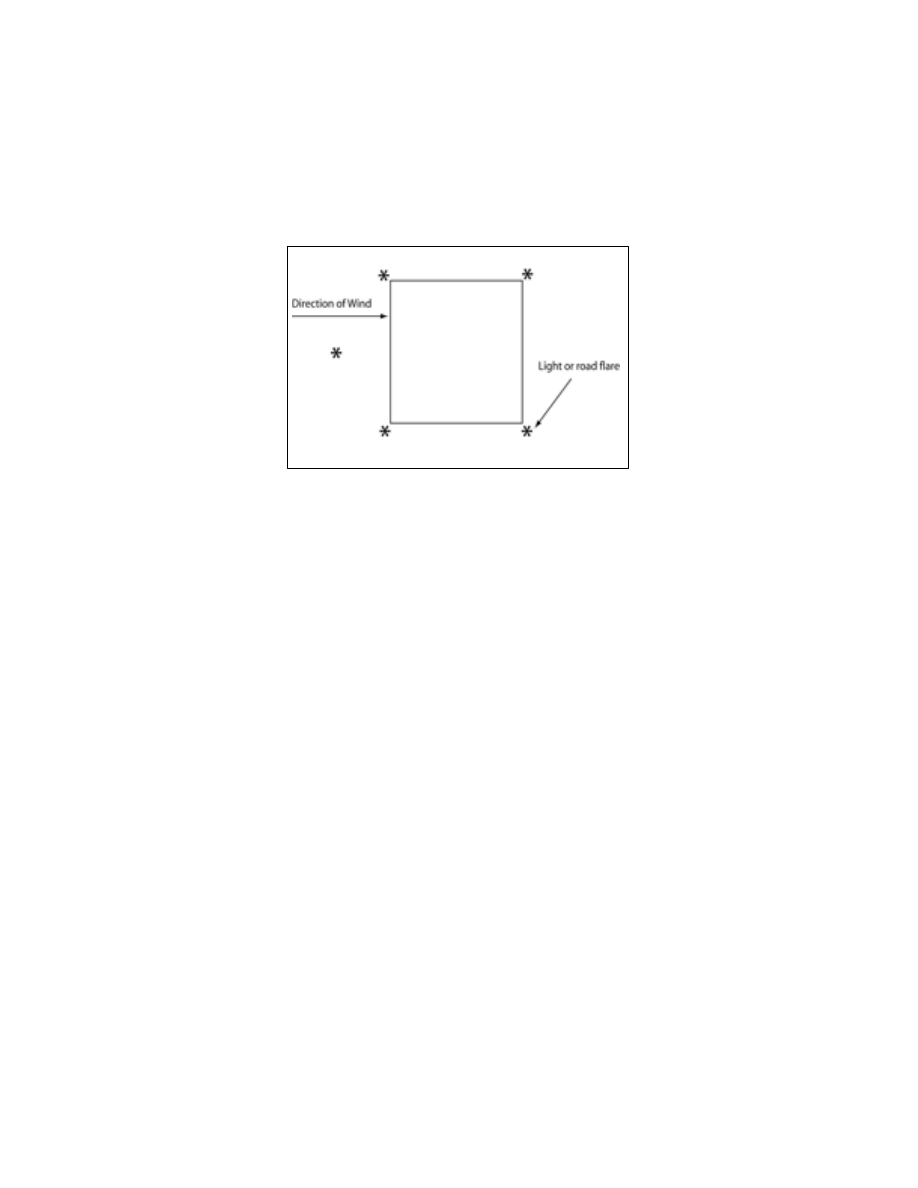
3/21/24
AIM
FIG 9
−
1
−
13
North Atlantic Route Charts
6. North Pacific Route Charts.
These charts are designed for FAA controllers to monitor transoceanic
flights. They show established intercontinental air routes, including reporting points with geographic positions.
Composite Chart: Scale 1 inch = 164 nm/1:12,000,000. 48 x 41
−
1/2 inches. Area Charts: Scale 1 inch = 95.9
nm/1:7,000,000. 52 x 40
−
1/2 inches. All charts shipped unfolded. Charts revised every 56 days. (See
14.)
FIG 9
−
1
−
14
North Pacific Oceanic Route Charts
7. Airport Obstruction Charts (OC).
The OC is a 1:12,000 scale graphic depicting 14 CFR Part 77,
Objects Affecting Navigable Airspace
,
surfaces, a representation of objects that penetrate these surfaces, aircraft
movement and apron areas, navigational aids, prominent airport buildings, and a selection of roads and other
planimetric detail in the airport vicinity. Also included are tabulations of runway and other operational data.
9
−
1
−
10
Types of Charts Available